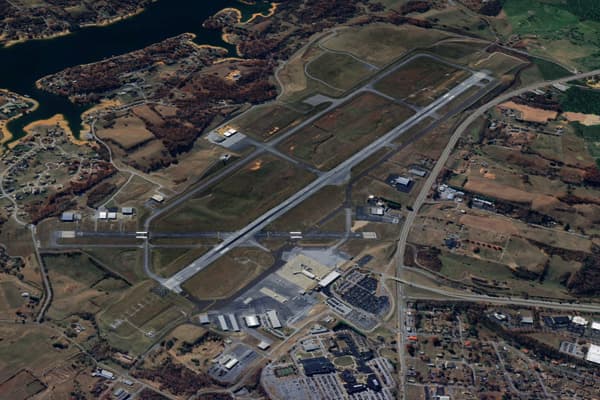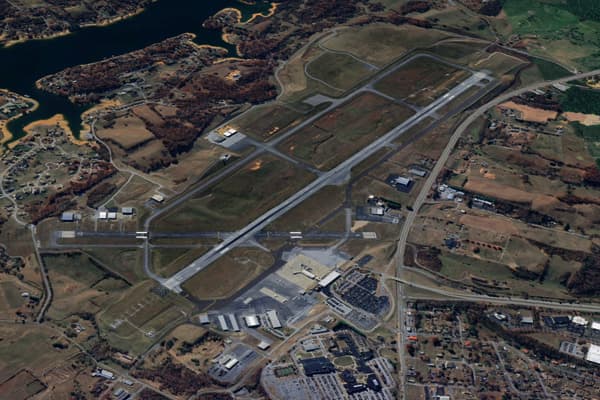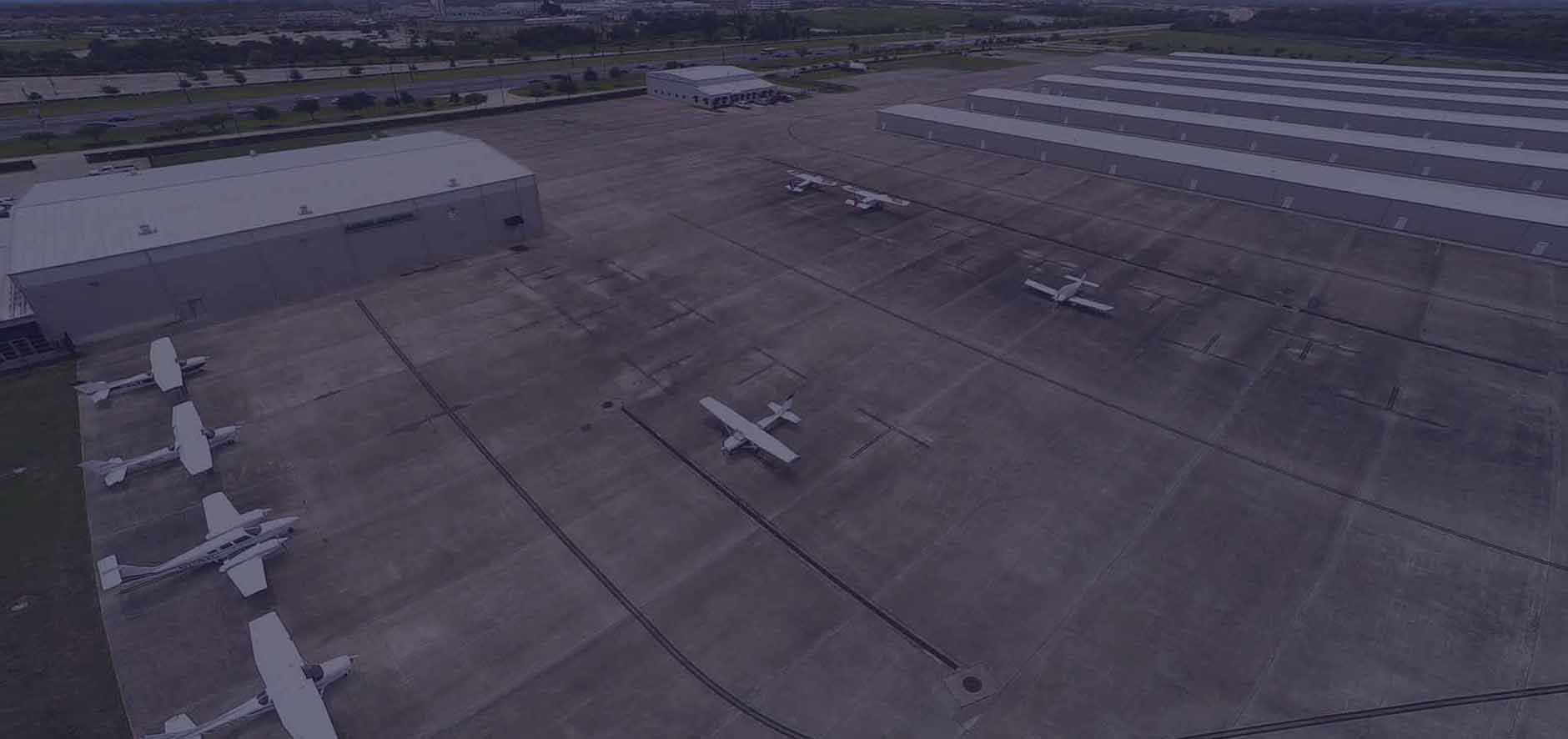
Tri-Cities Airport Business Plan

R.A. Wiedemann developed a business plan for Tri-Cities Airport, in Endicott, New York. The Sponsor desired to examine alternate airport management structures, to construct new hangars, to expand FBO services, to possibly restructure the lease agreement, and to examine a number of other facility-related issues. These items were covered in the business plan along with three primary strategic initiatives:
-
Management Structure: The best option for the Village was to renegotiate a lease with an FBO to operate the Airport. The negotiation terms sought to reduce the management fees to the FBO and increase the Village’s percentage of revenues derived from hangar rents. If an FBO could not be found under these terms, the second best option was for the Village to undertake the operation and management of Airport. The third ranked option was to continue the existing lease agreement unchanged.
-
Hangar Development: The primary source of increased revenues to the Village would come from the development of aircraft hangars. Given the market rates for hangar storage, new construction could not be supported unless grants were used. The Village planned to construct a new T-hangar building in the summer of 2007 which would add immediate revenue to the Airport’s budget. A second round of construction was recommended to be undertaken as soon as grant money was available. It was estimated that an additional 10 T-hangar units would be developed by 2010.
-
Market Local Companies: To enhance the utility of the Airport and increase activity, the Village was recommended to market the facility to local companies including: Lockheed Martin Systems, BAE SYSTEMS Controls, IBM, United Health Services, the Lourdes Hospital, and any other significant user of air transportation. While these companies could use Binghamton Regional Airport for their employee transportation, their clients and vendors were known to often use general aviation facilities that were closer to the businesses. These local companies were important to the well-being of the local economy and the Tri-Cities Airport had an opportunity to supplement their air travel needs.

